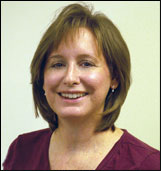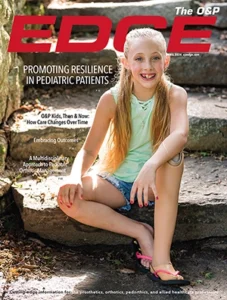 |
The numbers say a lot.
According to the U.S. Census Bureau, there are more than 39 million people aged 65 and older living in the United States. Roughly 30 percent of these people—12 million—have a physical disability. The number of people aged 65 and older is expected to rise to 64 million by 2025, and I don’t think it’s too much of a stretch to say that the number of elderly people with physical disabilities will see a roughly proportionate rise.
Breast cancer is the most common cancer among women in the United States. This year alone, the American Cancer Society estimates that there will be nearly 200,000 new diagnosed cases of invasive breast cancer. The good news is that breast cancer death rates are on the decline. There are 2.5 million breast cancer survivors in the United States today.
These are just two of the populations that may need ongoing orthotic and prosthetic care. And while these numbers support a growing need for orthotic and prosthetic professionals—even as the U.S. economy struggles to regain its footing—these numbers alone are not enough to guarantee that the O&P profession thrives. In addition to providing quality devices and informed clinical care, one of the most basic things an O&P professional can do to help ensure that his or her practice does more than just weather the current economic storm lies in the quality and substance of the communication and personal interaction that he or she has with the patient.
Here’s the rub: Medicare and insurance companies do not base their reimbursement rates on an O&P clinician’s empathy or on the number of minutes he or she spends listening to a patient, and yet this attention is critical to patient outcomes—not to mention encouraging patient referrals.
To this end, there is a trend among a number of groups within the medical community toward “patient-centered” care. According to the Institute for Healthcare Improvement, patient-centered care considers a patient’s cultural traditions, personal preferences and values, family situations, and lifestyle. It makes the patient and their loves ones integral and collaborative members of the care team and “ensures that transitions between providers…are respectful, coordinated, and efficient.”
Is your practice a part of this trend? If so, how do you balance this level of communication and collaboration with the financial success of your practice? Send an e-mail to , and let me know.
— Karen Henry




